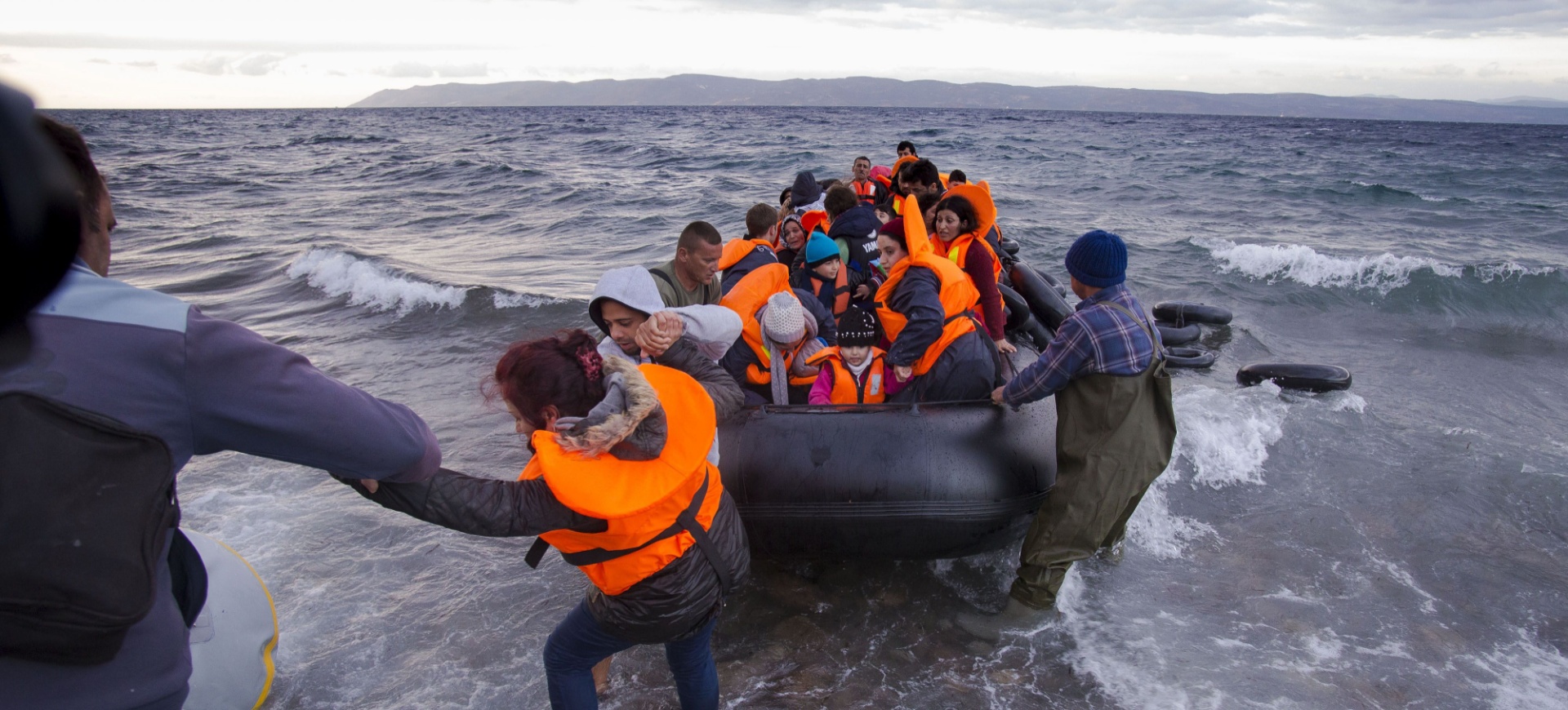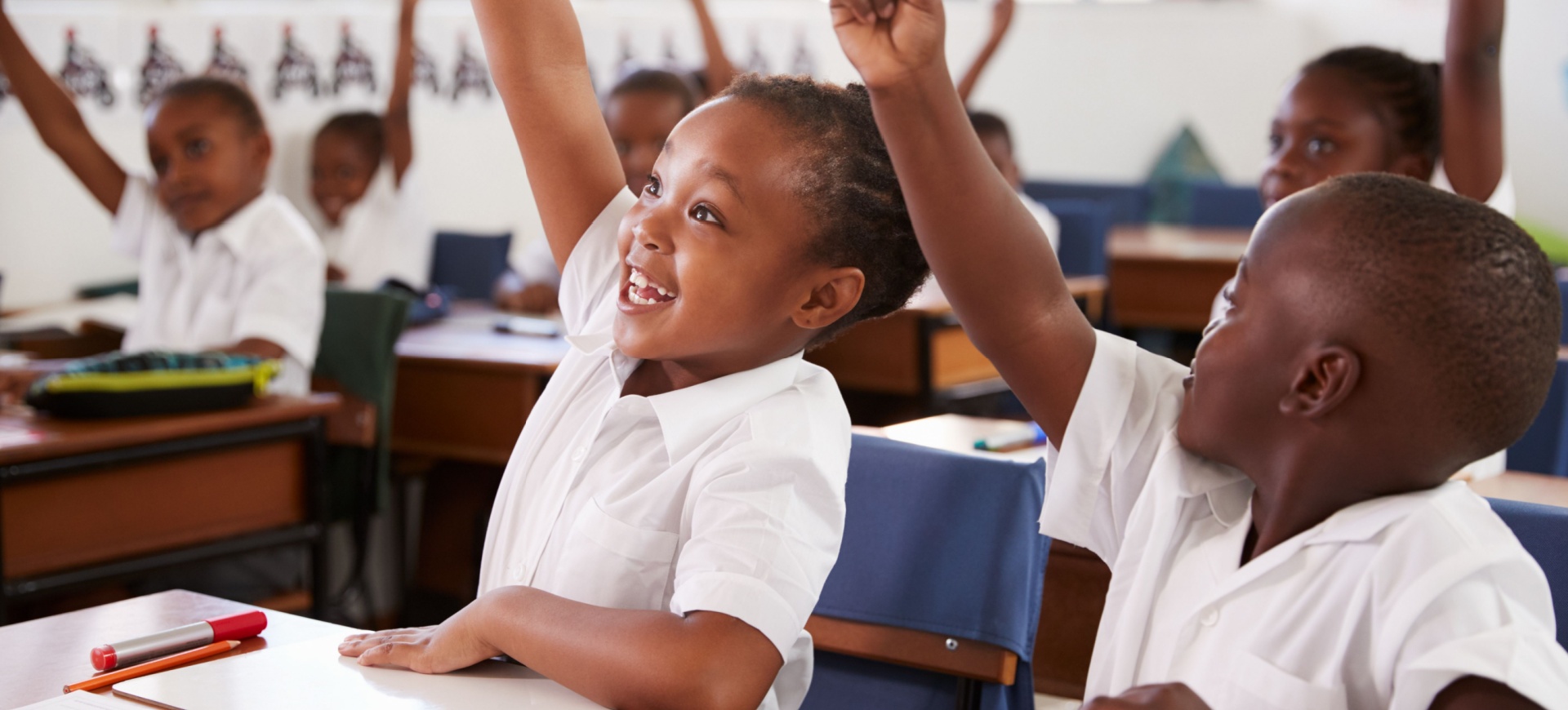G20 performance on trade
By supporting free, fair and rules-based trade, the G20 can propel what is a vital component of the world’s economic recovery in the wake of COVID-19
The COVID-19 pandemic is expected to dominate the discussions at the G20 Rome Summit this year. On their trade agenda, the leaders will face several challenges: ensuring equal distribution of vaccines, especially in developing countries, as well as trade and climate change, reform of the World Trade Organization, supply chains, digital trade, and global taxation. There are also escalating tensions between the largest economies and China. It is very important that the G20 leaders recommit to a rules-based, free and fair international trade system with the reformed WTO at its core, as the foundation for a sustainable and inclusive recovery of the global economy.
Conclusions
G20 leaders have dedicated on average 987 words (9%) in their communiqués per summit to trade. Between 2008 and 2013 they did so unevenly, but on an upward trend, reaching 1,770 words (6%) at the 2013 St Petersburg Summit. They then dropped to a low of 897 words (6%) at the 2015 Antalya Summit. However, at Hangzhou in 2016 they peaked at 2,045 words (13%), then began a steady decline with 1,342 (4%) at the 2017 Hamburg Summit, 787 (9%) at the 2018 Buenos Aires Summit and 463 (7%) at the 2019 Osaka Summit. The 2020 Riyadh Summit had the lowest number of words at 211 (4%). Protectionism, trade tensions and the COVID-19 pandemic drove this recent result.
Commitments
From 2008 to 2020 G20 leaders made 185 commitments on trade, for 7% of commitments across all topics. Trade ranks fourth, after macroeconomic policy, development and financial regulation.
The 2008 Washington Summit made five (5%) trade commitments. This grew to 17 (15%) at the 2010 Seoul Summit, as leaders focused on anti-protectionism in the wake of the 2008–2009 global financial crisis. Due to the failure of the WTO Doha Round, they issued a standalone trade statement on Advancing Transparency in Regional Trade Agreements at St Petersburg in 2013. After the 2014 Brisbane Summit had a low of nine trade commitments (4%), the numbers climbed, peaking at 24 (11%) at Hangzhou in 2016 and 29 (5%) at Hamburg in 2017. Buenos Aires in 2018 made only five (4%), Osaka in 2019 six (4%) and Riyadh in 2020 10 (9%). In these commitments the leaders often called for a free, fair, transparent, predictable and stable trade environment. They recently shifted to ensuring open markets in the wake of the pandemic, building resilience in supply chains, reforming the WTO and making trade more inclusive.
Compliance
The 25 trade commitments assessed by the G20 Research Group averaged compliance of 66%, below the overall average of 71%. The 2008 Washington Summit with 90% and 2019 Osaka Summit with 87% had the highest compliance. The lowest were St Petersburg in 2013 with 37%, and Seoul 2010 and Brisbane 2014 each with 48%. Halfway between the 2020 Riyadh and 2021 Rome summits, trade compliance was 67%.
The highest compliers are Australia with 90%, the United Kingdom with 84% and Japan with 83%.
Causes and corrections
The G20 can use several low-cost measures to increase members’ trade compliance. A higher number of trade commitments at a summit correlates with higher compliance. The seven top-complying summits averaged three more commitments per summit. They also had more words dedicated to trade.
Holding a meeting of trade ministers increased compliance by 11%.
A reference to the WTO in the commitment raised compliance slightly (by 2%), especially in recent years with increasing calls for WTO reform. The 2019 commitment on WTO reform had 93% compliance.
The trade commitment linked to development had very high compliance of 95%. Trade commitments related to global investment policymaking received similarly high compliance of 95%.
Compliance decreases with commitments that contain a one-year timetable (−3%), a multi-year timetable (−15%) and a reference to a past summit (−8%). Commitments with highly binding language have lower average compliance, at 61%, than those with low binding language, at 81%.
In Rome G20 leaders should therefore include more words and commitments on trade in their communiqués, continue holding pre-summit trade ministerial meetings and refer to the WTO in their commitments. They should avoid references to a past summit and one-year or multi-year timetables.
Leaders should also remember that keeping trade channels open, especially as they relate to vaccine distribution, is the critical component of a resilient, sustainable and inclusive global recovery.











